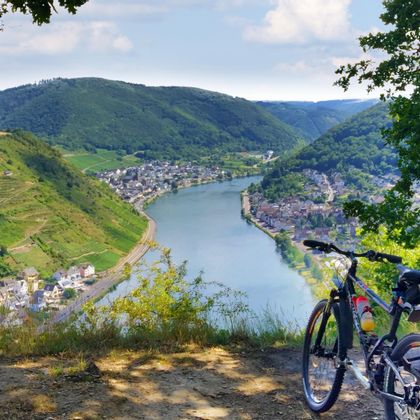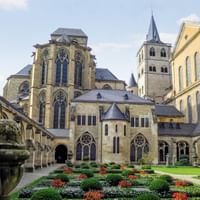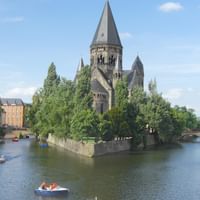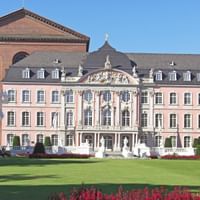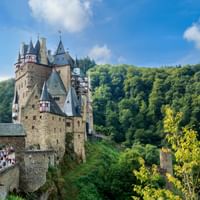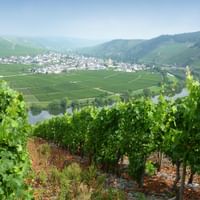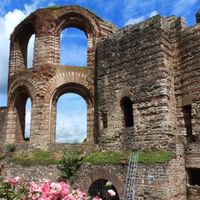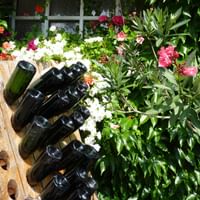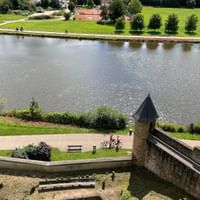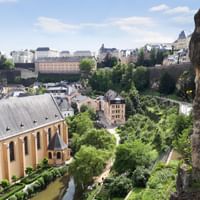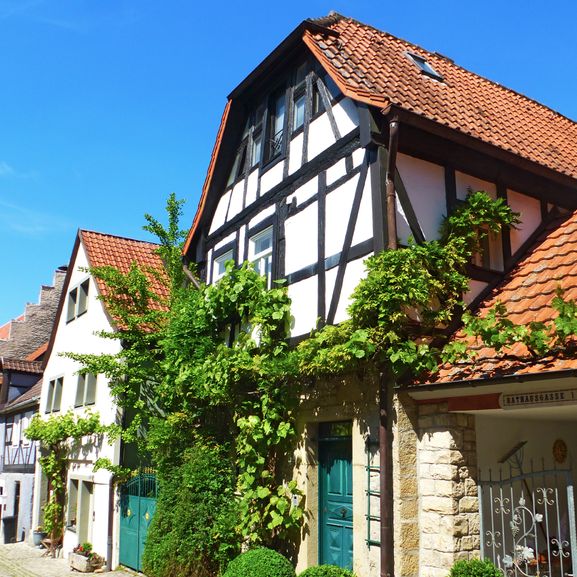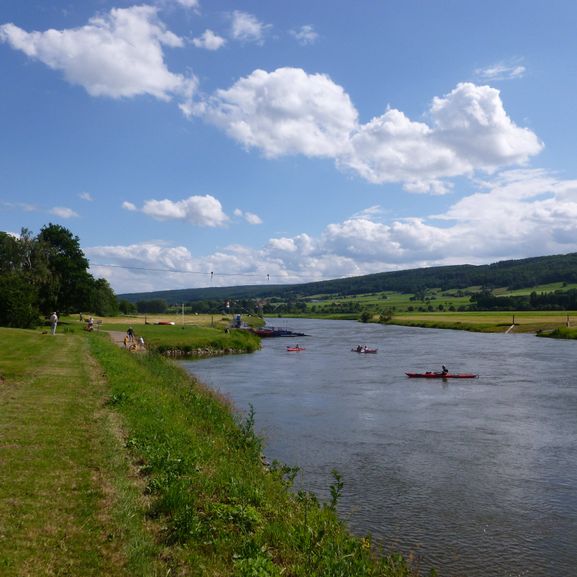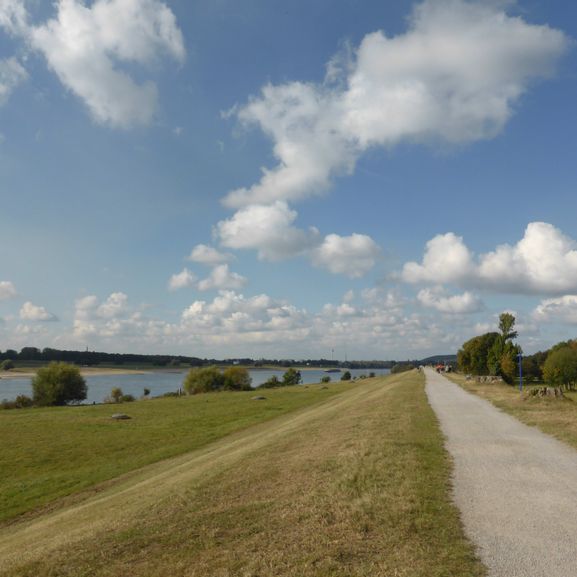The path is full of twists and turns
Cycling vacation along the Moselle river
Let the vine-covered Moselle Valley seduce you to a particularly enjoyable bike tour. Follow the many idiosyncratic loops of the river, enjoy sun-drenched vineyards and experience the friendliness of the Moselle people. The Moselle Cycle Path is truly unique; discover 2000 years of history of the cities and their surroundings on about 300 kilometers. Very well signposted, the cycle path guides you comfortably to all its showpieces. From France through the Roman city of Trier, Bernkastel-Kues, Traben-Trarbach, Cochem to Eltz Castle. Each individual route, along the places, presents its personal sights. In Koblenz you will see how the Moselle flows into the Rhine. You will be thrilled to know that the bike paths are completely flat and very easy to cycle, often they even run along the banks to the right and left. Enjoy on your way along the river, the impressive overview of the landscape. Stroll to your heart's content through the narrow streets of the charming wine villages, visit the wine museum worth seeing in Bernkastel-Kues and test whether the light fruity Moselle wines keep their promise.
We are at home on the Moselle as a local organizer. Here we make everything possible for you. Look forward to a bike tour made to measure.
Moselle Cycle Path
The well-maintained, approx. 300-kilometer-long and extensively signposted Moselle Cycle Path goes from pleasure to pleasure, sometimes looping to the left, sometimes looping to the right. Vines line the slopes and line the path. But you don't have to ride up: the route runs completely flat down in the valley.

Romans, castles, half-timbered houses
In Trier, Germany's oldest city, we embark on a journey back in time to the Romans. The city is bursting with UNESCO World Heritage monuments. At the gates of the city is the Roman Villa Rustica and in Neumagen-Drohn the relief of an ancient Roman ship. High above are the medieval Eltz Castle and Metternich Castle. The romantic wine villages of Bernkastel-Kues, Traben Trarbach or Cochem are characterized by narrow alleys and half-timbered buildings. The end of the cycle route is reached in Koblenz at the German Corner, where the Moselle flows into the Rhine.

Sociable cultural scene
You can quickly strike up a conversation with the friendly Mosel people, for example at one of the many street, folk and wine festivals or at one of the festivals. Well known are the music festival called "Pferdefestival" in Piesport or the "Stohlgang" in Ediger-Eller. This is a cult event, so to speak: a celebration in all the alleys with music, food and drink until late at night.

Fine wines and shellfish
The Moselle is all about wine. Take a wine tasting and let us explain what Kröver Nacktarsch is all about, try Riesling, Müller-Thurgau or Elbling. But also red wines like Pinot Noir and Dornfelder are grown here nowadays. - This might be accompanied by Teerdisch or Gräwes, a mishmash of mashed potatoes, sauerkraut and bacon that Moselans have reportedly enjoyed for centuries. Baked mussel fish, Mosel fish comes on the plate in Bernkastel-Kues. Zwiwwelfleisch, onion wine meat, is considered a Cochem specialty.

Moselle nature
The Moselle valley is characterized by its vineyards, which stretch up the hills to the left and right of the river, a cultural landscape created by man thousands of years ago. The steepest slopes are the Bremmer and the Ellerer Calmont, with slopes up to over 65 degrees. On the flatter slopes, fruit trees and gardens are cultivated. The particularly many meanders of the river between Trier and Cochem are unique.

